A Comparative Analysis Cables play a crucial role in transmitting electricity safely and efficiently from one point to another. Among the various types of cables available in the market, high voltage (HV) and low voltage (LV) cables are the most commonly used ones. These cables differ not only in the levels of voltage they can handle but also in their construction and functionality. In this article, we will delve deeper into the characteristics and applications of high voltage and low voltage cables, providing a comparative analysis to help you understand their differences better. High Voltage Cables: High voltage cables are specifically designed to carry electricity at higher voltage levels. These cables can typically handle voltages ranging from 35,000 volts to 500,000 volts or even higher in some cases. Due to the immense power they carry, high voltage cables require stringent safety measures during installation and operation. Construction: High voltage cables are constructed with multiple layers of insulation and shielding to ensure effective insulation and protection against electrical disturbances. The core of the cable consists of conducting material, usually copper or aluminum, surrounded by an insulating layer, often made of polyethylene (PE) or cross-linked polyethylene (XLPE). Additional layers of shielding, such as metallic tapes or wires, are incorporated to prevent electrical interference and to ensure the safety and reliability of the cable.
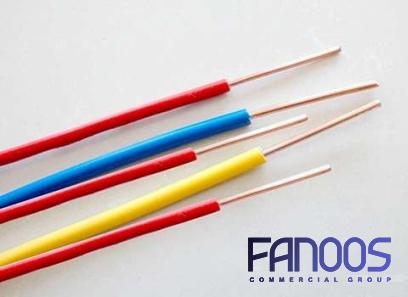
.
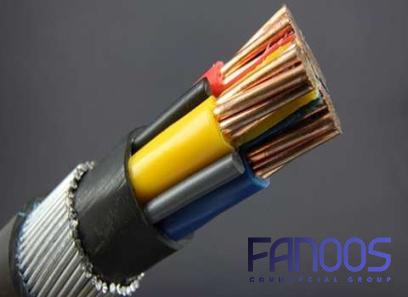 Applications: High voltage cables find extensive use in power transmission networks, where they are responsible for transporting electricity from power plants to substations or distribution points. They are also used in other applications that involve high voltages, such as underground distribution networks, offshore wind farms, and industrial facilities requiring high power consumption. Low Voltage Cables: Low voltage cables are designed to carry electricity at lower voltage levels, often in the range of 0.6 kilovolts (kV) to 1 kV. Compared to high voltage cables, low voltage cables are simpler in construction and safer to handle. Construction: Low voltage cables typically consist of a single conducting core, surrounded by an insulation layer made of materials like polyvinyl chloride (PVC) or cross-linked polyethylene (XLPE). The insulation layer provides electrical insulation to prevent short circuits and electrical leakage. Applications: Low voltage cables are widely used in residential, commercial, and industrial settings. They are commonly employed in building wiring, distribution panels, electrical appliances, and lighting fixtures. Additionally, low voltage cables are utilized in low power electrical systems, telecommunications networks, and control circuits that require lower voltages for their operation.
Applications: High voltage cables find extensive use in power transmission networks, where they are responsible for transporting electricity from power plants to substations or distribution points. They are also used in other applications that involve high voltages, such as underground distribution networks, offshore wind farms, and industrial facilities requiring high power consumption. Low Voltage Cables: Low voltage cables are designed to carry electricity at lower voltage levels, often in the range of 0.6 kilovolts (kV) to 1 kV. Compared to high voltage cables, low voltage cables are simpler in construction and safer to handle. Construction: Low voltage cables typically consist of a single conducting core, surrounded by an insulation layer made of materials like polyvinyl chloride (PVC) or cross-linked polyethylene (XLPE). The insulation layer provides electrical insulation to prevent short circuits and electrical leakage. Applications: Low voltage cables are widely used in residential, commercial, and industrial settings. They are commonly employed in building wiring, distribution panels, electrical appliances, and lighting fixtures. Additionally, low voltage cables are utilized in low power electrical systems, telecommunications networks, and control circuits that require lower voltages for their operation.
..
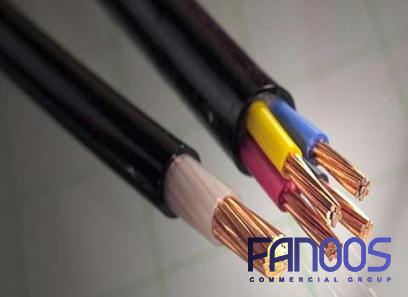 Comparative Analysis: 1. Voltage Range: The most noticeable difference between high voltage and low voltage cables is their voltage-handling capacity. High voltage cables are designed to handle higher voltages, typically above 35,000 volts, while low voltage cables are suitable for lower voltages, usually below 1,000 volts. 2. Construction Complexity: High voltage cables are more complex in construction, featuring multiple insulation and shielding layers to ensure safety and reliable transmission. On the other hand, low voltage cables have a simpler design with a single conductor core and one insulation layer. 3. Safety Considerations: Due to the higher voltages they handle, high voltage cables require more stringent safety measures during installation, operation, and maintenance. Low voltage cables, being designed for lower voltages, are comparatively safer and easier to handle.
Comparative Analysis: 1. Voltage Range: The most noticeable difference between high voltage and low voltage cables is their voltage-handling capacity. High voltage cables are designed to handle higher voltages, typically above 35,000 volts, while low voltage cables are suitable for lower voltages, usually below 1,000 volts. 2. Construction Complexity: High voltage cables are more complex in construction, featuring multiple insulation and shielding layers to ensure safety and reliable transmission. On the other hand, low voltage cables have a simpler design with a single conductor core and one insulation layer. 3. Safety Considerations: Due to the higher voltages they handle, high voltage cables require more stringent safety measures during installation, operation, and maintenance. Low voltage cables, being designed for lower voltages, are comparatively safer and easier to handle.
…
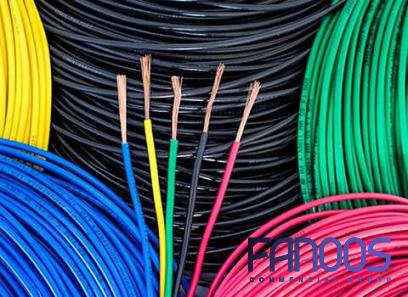 4. Applications: High voltage cables are primarily used in power transmission networks and applications that require high voltage levels. Low voltage cables, on the other hand, find applications in residential, commercial, and industrial settings, as well as low-power electrical systems and control circuits. In conclusion, high voltage and low voltage cables are distinct in their voltage-handling capacity, construction, safety considerations, and applications. Understanding the differences between these two types of cables is crucial in selecting the appropriate cable for specific electrical requirements. Whether it’s transmitting electricity over long distances or powering appliances in our homes, high voltage and low voltage cables are essential components of the electrical infrastructure that ensures the smooth flow of power.
4. Applications: High voltage cables are primarily used in power transmission networks and applications that require high voltage levels. Low voltage cables, on the other hand, find applications in residential, commercial, and industrial settings, as well as low-power electrical systems and control circuits. In conclusion, high voltage and low voltage cables are distinct in their voltage-handling capacity, construction, safety considerations, and applications. Understanding the differences between these two types of cables is crucial in selecting the appropriate cable for specific electrical requirements. Whether it’s transmitting electricity over long distances or powering appliances in our homes, high voltage and low voltage cables are essential components of the electrical infrastructure that ensures the smooth flow of power.

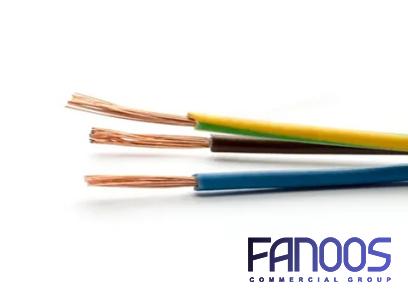

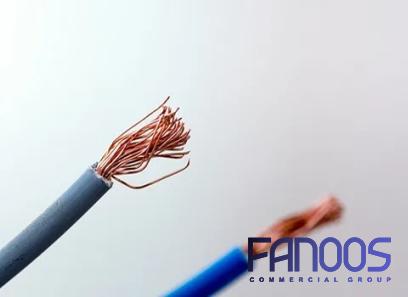
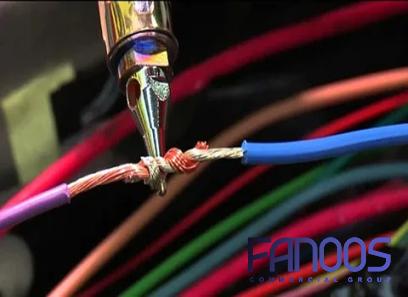



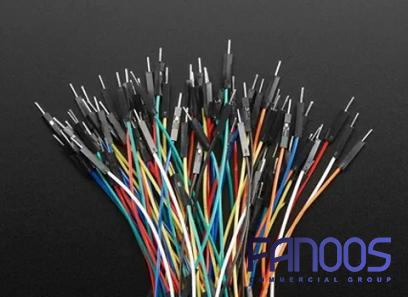
Your comment submitted.